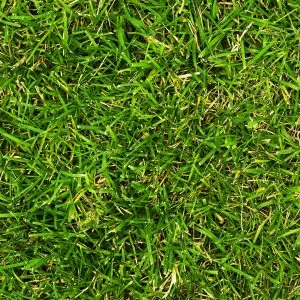An aggressive annual plant, crabgrass (digitaria) is considered a common weed by most because of its ability to easily invade lawns. This quick growing grass makes a mess of your lawn with its thick mangled appearance while robbing it of nutrients. Also known as foxtail, finger grass, or crow’s foot, the ugly weed is the bane of homeowners and lawn professionals alike. Find out how to stop crabgrass before it takes over.
Signs and Symptoms
Crabgrass appears in spring and spreads quickly during the hot summer months. It’s most noticeable in the late summer when it develops an unattractive appearance and begins to produce seeds. Bare spots, thinning turf, or high foot traffic areas make popular potential environments for this weed as well as others.
At first glance, crabgrass looks like most other newly sprouted grasses. However, it develops thicker blades and forms in clumps close to the ground as it grows. Stems grow outward instead of upward, making it easy for the plants to avoid a pass from the lawn mower. This weed gets its name because it resembles a crab, with bent legs of grass extending outward from the plant’s center.
Controlling Crabgrass
If you have to kill a large amount of crabgrass, herbicides are the way to go. This control method is all about timing. Using a pre-emergent herbicide is the best option for prevention. It’s applied in spring before crabgrass develops by forming a barrier to prevent seeds from sprouting. However, don’t use it if crabgrass is already present or if you have just put down new sod.
Post-emergent herbicides come into play with crabgrass that’s already established. There are two types of post-emergent herbicides. A selective one kills only the plants you target, while a non-selective herbicide kills everything in its path. Use a non-selective product for out-of-control infestations. It kills what remains of your grass as well, so you’ll need to reseed.
Crabgrass Prevention
While crabgrass diminishes a lawn’s beauty, it also signifies grass that’s in need of better care. Having a healthy lawn is the best way to stop crabgrass before it starts. That means a regular schedule of mowing, fertilizing, aerating, and watering. When grass is a thick lush mat, there’s no room for outsiders. Here are some other tips.
- Overseed at the first sign of bare or thinning areas of grass.
- Don’t mow too short. Taller grass shades the soil and helps prevent weed seed growth.
- Water less frequently for longer periods of time. This promotes healthy grass roots and at the same time discourages weeds.
- If you choose to pull out crabgrass, do it as soon as it sprouts and only if there’s just one or two young plants. You risk scattering more seeds by pulling established plants.
Let Us Help
A thorough maintenance program is required to ward off weeds. If you are short on time or patience, we can help. Contact Free Spray Lawn Care today at 419-529-5296.



Comments (0)
Thanks for your comment!
Thanks for your feedback! Your comments have been successfully submitted! Please note, all comments require admin approval prior to display.
Error submitting comment!
There is a problem with your comment, please see below and try again.